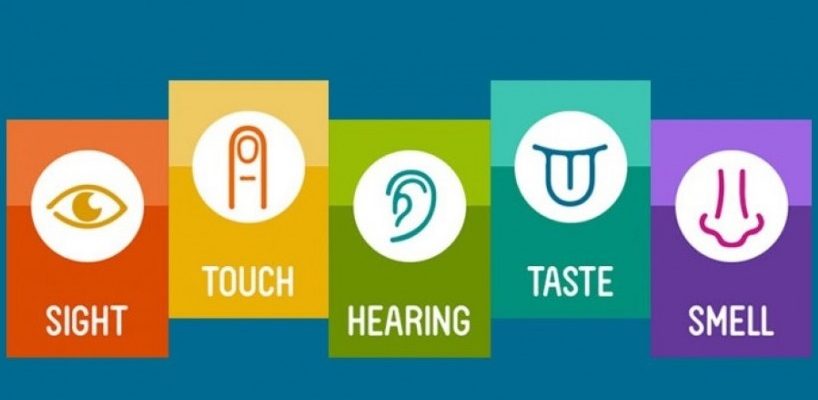The advent of technologies and social media adoption have simplified marketing processes for many organisations. Additionally, social media as a marketing channel has been largely inexpensive, causing companies to adopt an online-only approach to marketing. “Why do more?”, you ask. But how would your brand stand out in today’s vast sea of brands if otherwise?
Brand recall increases from 5 per cent to 50 per cent when a product or service is demonstrated; and further increases to 95 per cent following an interactive experience with the brand. Experiential marketing activates the five senses to engage:
Sight
Your brain only takes 45 milliseconds to detect a visual object – that is 60,000 times faster than it does written words! Cloud-based presentation software Prezi has picked up on this trend and now serves as a popular alternative to PowerPoint on the tradeshow floor with its non-linear format and unique zooming and panning capabilities. Newer technological developments have also opened up further possibilities in video content marketing, allowing brands to showcase not only how the products look like but also how they work and the benefits they bring. Facts tell, but stories sell – what better way is there to tell imaginative and interesting brand stories other than with visual content?
Smell
Remember when magazines used to have scented strip inserts back in the 1980s? In recent years, scented advertising has nosed its ways beyond the perfume market, making way for non-perfume categories such as household supplies, health products, medicines and other consumer goods. The results were a whopping one in six (17 per cent) of readers would go the extra step to activate the scent (rubbing, scratching or sniffing) upon reading a scented paper ad on a magazine. Given that 75 per cent of human emotions are generated by our sense of smell, fragrance marketers have taken scented advertising into live events, flagship store launches or even entire shopping malls (recall that familiar scent of ION Orchard?).
Taste
The concept of stimulating a customer’s taste buds is as simple as this: the human brain associates eating and drinking with positive memories. “Try before you buy” is not at all new – product sampling has existed as one of the oldest marketing strategies, most commonly depicted with promoters encouraging consumer first-trials along supermarket aisles. Not in food and beverage? Beauty and wellness service providers like nail salons and spa outlets have augmented their service offerings by serving their own signature coffee, tea and homemade bites. Overtime, customers associate these unique flavours with their overall customer experience and return for more. In the same way, you can say that consumer electronic retailers, Apple for example, have done the same way with their trialable product displays and Genius Bars.
Touch
The skin is the largest organ of the human sensory system with the sense of touch playing an instrumental role in helping customers assess product quality. Depending on the nature of your product this can extend into letting customers feel for themselves the effects – Gillette for example set up a barber event in select cities in the States last year that offered a free shave to male customers. In the service industry? Sydney-based French bistro Metro St James saw huge success with its “pay with a kiss” campaign that despite budget constraints went viral, garnering over 800,000 YouTube views and press coverage in over 140 news sites across 29 countries.
Sound
Music and sounds have and will continue to play an integral role in our daily lives, in theatres, movies, parties and not to mention marketing and advertising. Sounds play an important role in triggering the emotional part of the brain, producing an immediate and cognitively unmediated effect on brand recall. Besides grasping the audience’s attention, catchy tunes in TV, radio and video advertising repeat latch onto your customer’s mind and go on repeat. Do you frequent your favourite bar for the beers? Really? Or for the live band you just can’t get enough of? Or, the aroma, lighting, furniture, decor, people – the overall experience?
It is no longer good enough to inform – make your customers feel today.
This article first appeared on LinkedIn.
![]()
![]()

